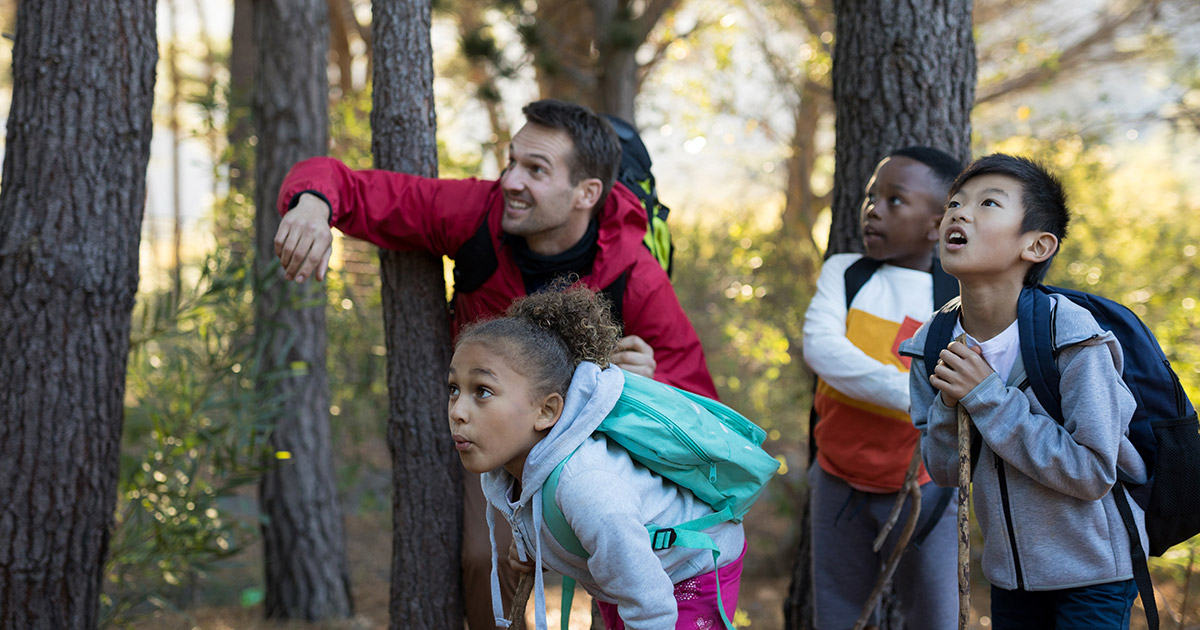
The COVID-19 pandemic poses unique challenges for educators. From ensuring students are safe in classroom settings to adjusting content delivery methods and finding ways for learners to effectively participate — even when they’re socially distant — 2020 is breaking new operational ground in schools across the country.
Despite best efforts by teachers and administrators, frustrations remain around field trips. Given the increased need for space and health security, most schools have taken field trips off the table. This is especially difficult for science educators who often leverage the hands-on nature of in-person activities to spark student interest and create new mental connections.
Technology offers an alternative, providing classes the opportunity to glean substantial value from virtual science experiences. Not sure where to start? Here’s a look at 10 educational websites to help teachers deliver on the potential of socially distant science.
Project Noah
Bird is the word! Also bugs, mammals, plants, fish and reptiles. While it may not be possible to take K-12 classrooms out exploring as in years past, Project Noah offers the opportunity for kids to learn about the vast array of species that populate our world. A combination of citizen wildlife photography paired with critical creature data, Project Noah makes it possible for students to discover the world around them without ever leaving the classroom
New for 2020: Nature School from Project Noah that includes video lessons, interactive activities and related classwork.
Navigating Nuclear
Take a tour of the country’s leading nuclear research facility at the Idaho National Laboratory. Kids get the chance to step inside a nuclear reactor, explore potential STEM careers, and discover how radiation and radioactive isotopes are used to make our world a better place.
UPM Forest Life
UPM Forest Life takes students across international borders to forests of Finland. The site features an interactive map that includes details about forest-dwelling species, information about the current efforts of forestry workers, and how these forests are used responsibly in Finland for recreation. Students and teachers can explore the map at their own pace or discover specific learning opportunities throughout the virtual landscape.
Journey to Mars
The Red Planet has once again captured human interest as NASA looks to the not-so-distant future of a manned mission to Mars. Students can discover how current technologies are helping prepare for the journey, what travel technologies are in development to enable the trip, and where innovation is needed to help the mission crews survive in the Martian environment.
Spark! Online Education
Science happens everywhere — and that includes the NASCAR racetracks. Spark! Online Education features STEAM-driven activities to help students see the real-world applications of science on the speedway. Students can learn about subjects ranging from creating aerodynamic car models, to discovering how energy types impact race outcomes, and understanding the role of sound in NASCAR racing. Start your engines — it’s science time!
IoT: Infinite Possibilities
The Internet of Things is everywhere, but how exactly does it work? More importantly, how can it be used to improve life on Earth? This virtual field trip explores how IoT technology can be used to manage two critical resources — energy and water — and create safe, sustainable communities. Plus, teachers can download the companion Educator Guide to build their own lessons around IoT.
Solar System Scope
How well do you really know the solar system? Most of us can name the eight planets (poor Pluto!) and have a reasonably solid grasp on the structure of our solar neighborhood. The Solar System Scope takes things a step farther with an interactive map of our local cosmic community. Kids can use the map to see where each planet is located relative to the sun, click on it for more information about its surface and internal structure, and see how these planets appear in our night sky.
The National Aquarium
Here fishy, fishy, fishy! The National Aquarium’s virtual tour lets students explore this fantastic aquatic resource from the comfort of their own classrooms. Here students discover more about the diverse sea life that makes our world so unique.
Operation Montserrat
Who wants to go on a mission? That’s the mandate of e-Mission virtual experiences from Wheeling Jesuit University. Classes can apply for interactive undertakings such as responding to the real-life explosion of the Montserrat volcano. Using climate and seismic data, kids and teachers will prepare for their mission over the course of three weeks, then put their skills to the test by attempting to save the residents of Montserrat from this fiery monster.
The Nature Lab
Offered by the Nature Conservatory, the Nature Lab offers a four-week virtual program designed to help students better understand how nature works and how humans can help our planet prosper. Week One focuses on Food and Water Sustainability, Week 2 on Climate Change, Week 3 on Building Healthy Cities, and Week 4 on Protecting Land and Water.
While COVID-19 means classrooms are anything but normal, virtual field trips and digital science experiences can help kids discover the wonder of our world — even at a distance.
Categorized as: Tips for Teachers and Classroom Resources
Tagged as: STEAM, STEAM - Pillar, STEM
